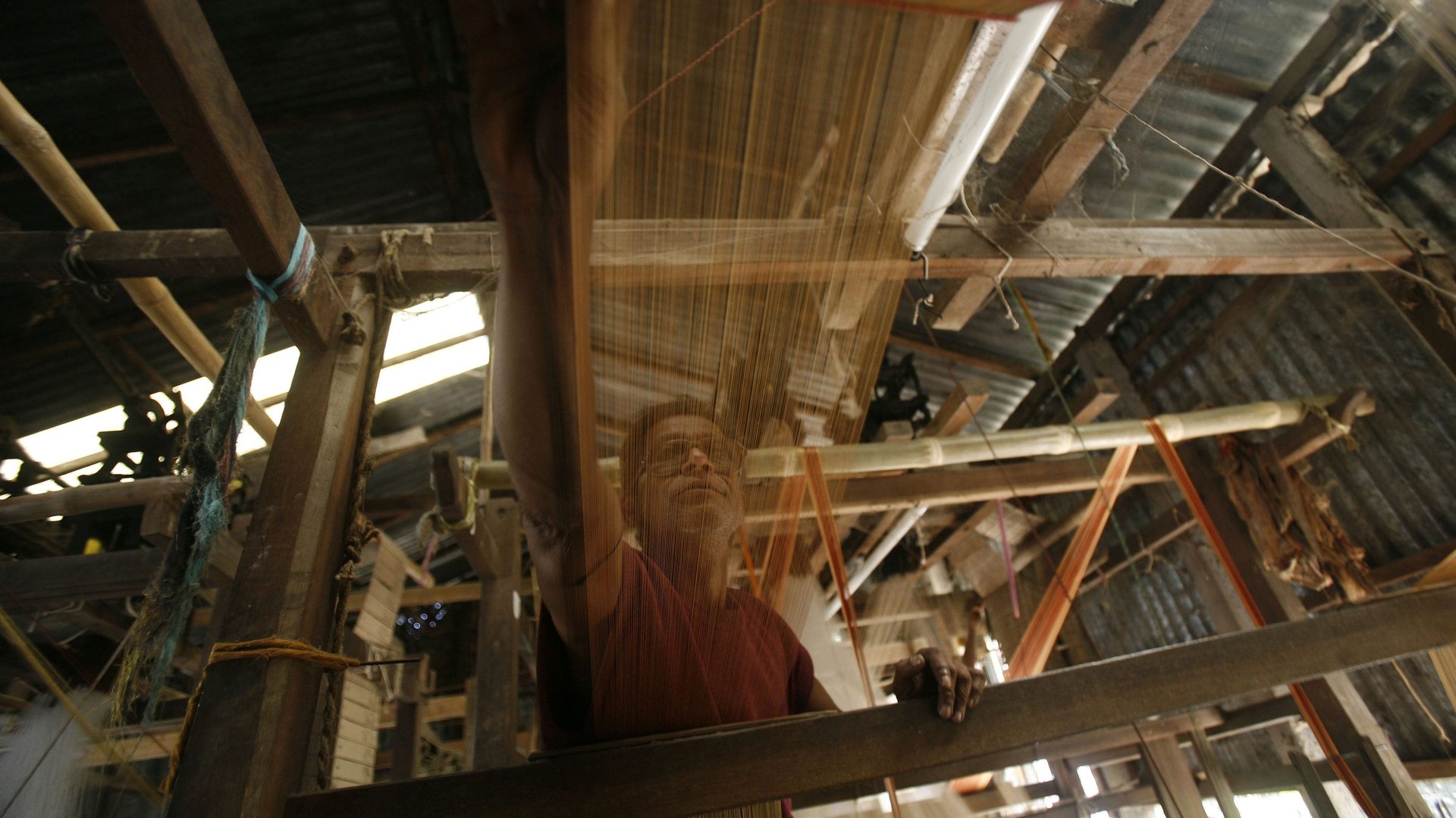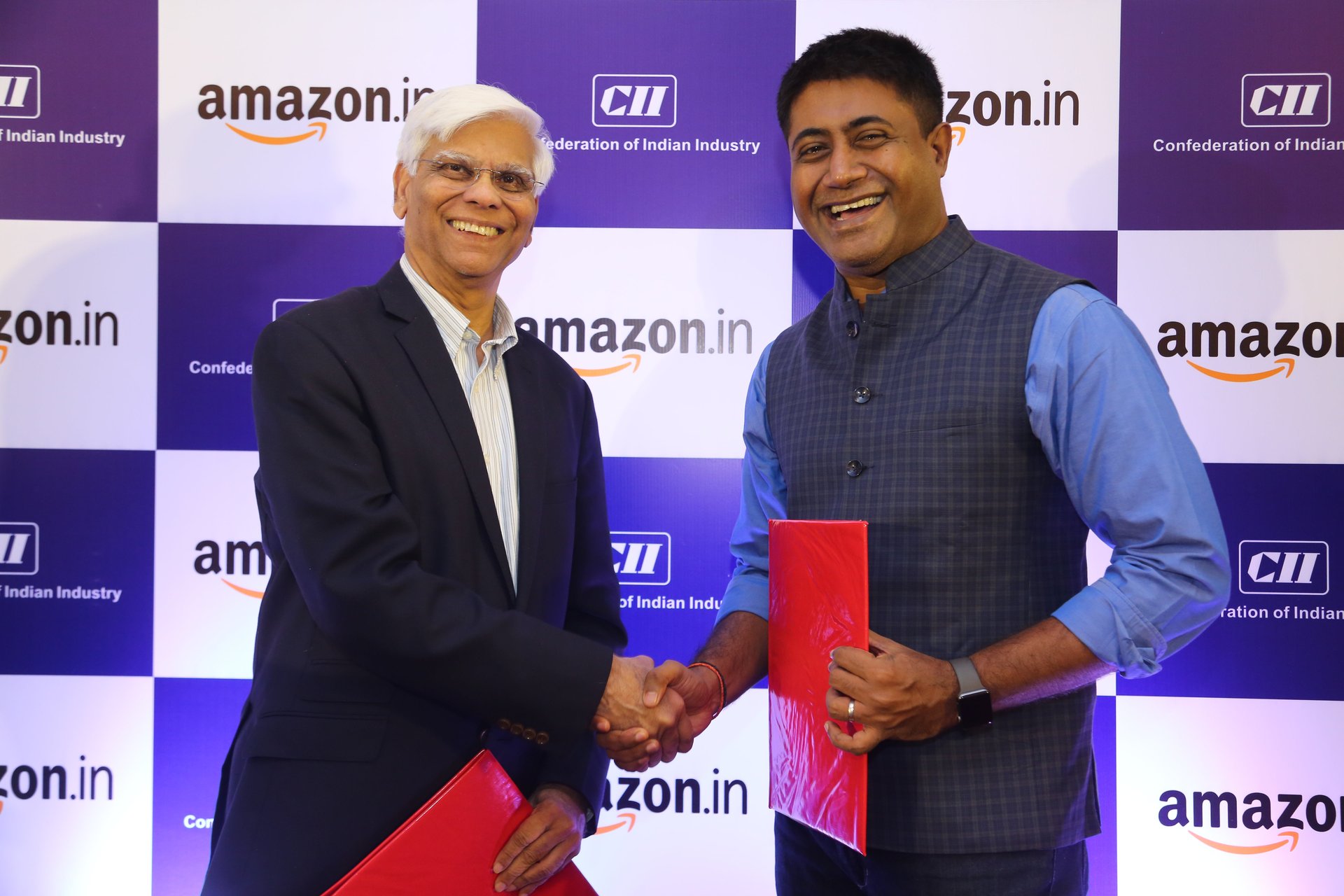Is Amazon India’s dedicated handloom storefront helping artisans?
Indian handicrafts and handlooms have found their way onto online platforms, but is that making an impact?


Indian handicrafts and handlooms have found their way onto online platforms, but is that making an impact?
An e-commerce giant like Amazon India working with artisans and weavers faces multifold challenges. Unlike fast fashion, handlooms are not always standardised, while the final product takes months to appear. Getting talented artisans on board is also a challenge given their limited internet access, lack of digital know-how, and delivery hiccups.
Amazon India’s Karigar programme has tried to address some of these hurdles. Launched in 2016, it brings individual weavers, artisan collectives, government emporia, and cooperatives on board its platform. “We have a dedicated Karigar storefront on Amazon.in where we showcase India’s rich handicrafts heritage and enable weavers and artisans to sell products,” Gopal Pillai, vice-president of seller services at Amazon India, told Quartz.
The Karigar store showcases over 60,000 products, including over 270 unique arts & crafts from over 20 states. Amazon India claims the programme has benefited 800,000 weavers, even if that number is debatable given the hardships artisans face.
In an interview with Quartz, Pillai said the weavers’ stories speak for themselves. Edited excerpts:
How does the Karigar programme work?
The Karigar storefront on Amazon.in, showcases India’s rich handicrafts heritage and enables weavers and artisans to sell “Made in India” products to customers across the country. The store also contains descriptions of the various handlooms and handicrafts on sale.
For instance, Abdul Gafoor Khatri is a Karigar seller who sells traditional Rogan Art paintings. He had created a Rogan art piece that was gifted by prime minister Narendra Modi to former US president Barack Obama. The Karigar store has details about Khatri as well as the Rogan technique of painting on fabric—a skill his family alone has practiced for 300 years.
Do you enlist artisans and weavers directly as sellers or work through organisations?
We do both. We have individual artisans who directly list their products and we also work with various artisan collectives, cooperatives, and government emporiums.
We recently signed MoUs with Himcrafts and Himbunkar (state-level cooperatives), which will enable handloom sellers and artisans in Himachal Pradesh to sell on Amazon.in. We also announced the launch of Indrayani Handlooms on our platform, which is a result of Amazon India signing an MoU with the Maharashtra State Handlooms Corporation.
With these, we bring crafts such as Sambalpuri Ikat from Odisha, Jamdani from West Bengal and hand-stitched shoes from Agra among others to the forefront.
What are the biggest challenges of working with weavers directly?
Artisans and weavers are new to the digital economy and are generally hesitant to adopt online selling due to the perception that it is a cumbersome process. We hand-hold them through the process of identifying the right products, taking product images, creating a listing, and other aspects of selling on Amazon. Erratic internet infrastructure also pose challenges. By employing a seller backwards approach, Amazon has been helping artisans transition to online selling, especially in tier-2 and -3 cities.
There are also challenges in providing digital training itself. In some clusters, the training programmes for Karigar sellers need a lot of on-ground support. We have combined a traditional training approach with new digital training modules. This includes assistance to apply for a PAN card, opening a bank account, training a local photographer to take the right product images, and study their sales dashboards, among other things.
How do you ensure the products are not fake and are of acceptable quality?
We strictly prohibit the sale of counterfeit products and invest heavily—both funds and company energy—to ensure our policy against the sale of such products is followed.

In 2018, we launched Weavesmart, the largest e-commerce store for handlooms in India and an e-marketing partner for India’s ministry of textiles for promoting Indian “handloom brand” and “handloom mark.” Partnering with government emporiums, cooperatives, and other organisations helps us ensure that the products are directly sourced and authentic. We have also on-boarded NGOs who work in artisan and weaver clusters across India and use the Amazon marketplace to list these products and sell to customers. In the case of handlooms, we consider the handloom mark certificate.
A lot of buyers do not know about the history and hard work that goes into producing a handmade item. How can you change that?
There are various initiatives. First, the descriptions of the products, where great attention is paid to emphasise the rich cultural relevance and heritage associated with these products.
We have also unveiled a new “India first” packaging initiative called Amazon Storyboxes where stories of transformation and success of small and medium businesses thriving on Amazon are printed on our most widely distributed brand asset—delivery boxes.
Are Indian artisans selling their products on the global store, too? How have the sales been?
Sellers on Amazon can export their products to various global markets through Amazon Global Selling. We recently announced that products from Tribal Cooperative Marketing Development Federation of India would be sold on Amazon.com. Besides, Tantuja, a brand owned by West Bengal State Handloom Weavers’ Co-operative Society, has also achieved great success on Amazon Global Selling. The global selling programme has witnessed a growth of 56% in the number of e-commerce exporters from India in 2018.